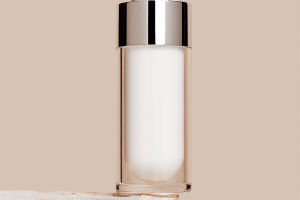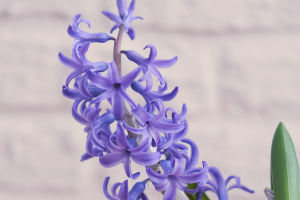Have you ever seen such a cute lamb? Recently, a group of lambs was born in the Awaji Island Animal Park in Japan. The park took pictures of their cute and quirky expressions and shared them on Twitter.
Unexpectedly, these lambs became Internet celebrities by accident! The cute lamb sometimes blinks and sometimes folds his hands, which makes fans riot. Kawaii's photos have exceeded 10,000 in just a few days!
Awaji Island Park in Japan is a farm theme park that integrates nature, flowers, and animals. There are cute animals such as koalas, sheep, rabbits, wallabies, etc. in the park. Recently, it is these cute little animals that have caused heated discussions on Twitter.
The eyes with horizontal ears are really cute, but the most eye-catching thing is the pink and tender nose like a pig.
Sheep are gregarious animals. Leaving the group will make them very anxious, so the lambs often shake their heads and follow behind the sheep. The picture is quite healing. The fluffy lamb is really an angel baby~
The lambs in Awaji Island Park have quirky personalities. In addition to showing a bright smile in front of the crowd, their usual posture of holding their hands is also different from other animals. They are laughed at by fans as the softest sheep in Japan!
Sheep are gregarious animals, with strong gregarious behavior and easy-to-establish group structure.
Sheep are docile, timid, and cowardly, and are easily frightened by sudden shocks, running around, and crowding. So when you see lambs, don't scare them!
Except for the cute little sheep. Goats are also often seen. Compared with other livestock, goats have a strong ability to adapt to the ecology. Goats are distributed in plateaus or plains, forests or deserts, tropical or frigid regions, coasts, or inland areas.
The distribution of goats on the earth is far more than that of other food. grass livestock. Goats are highly water-efficient, allowing them to tolerate water scarcity and high temperatures.
Goats have a very strong foraging ability and can use the forages that large livestock and sheep cannot use, and can feed on various forages, tree branches and leaves, crop structures, agricultural and sideline products, by-products of food processing, and many shrubs. There are far more species than other livestock.


